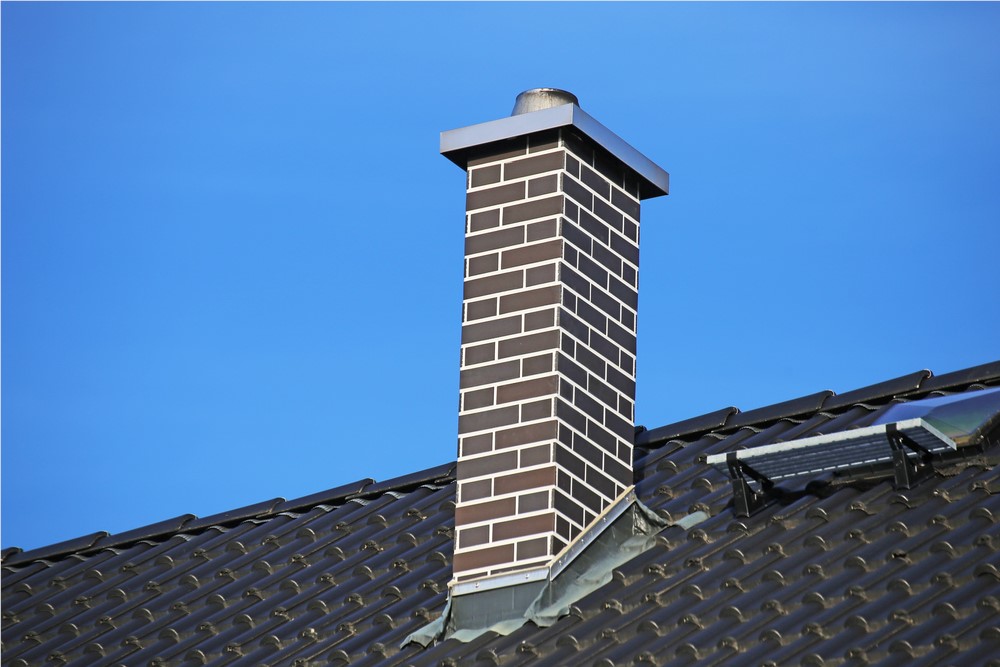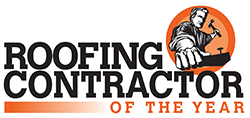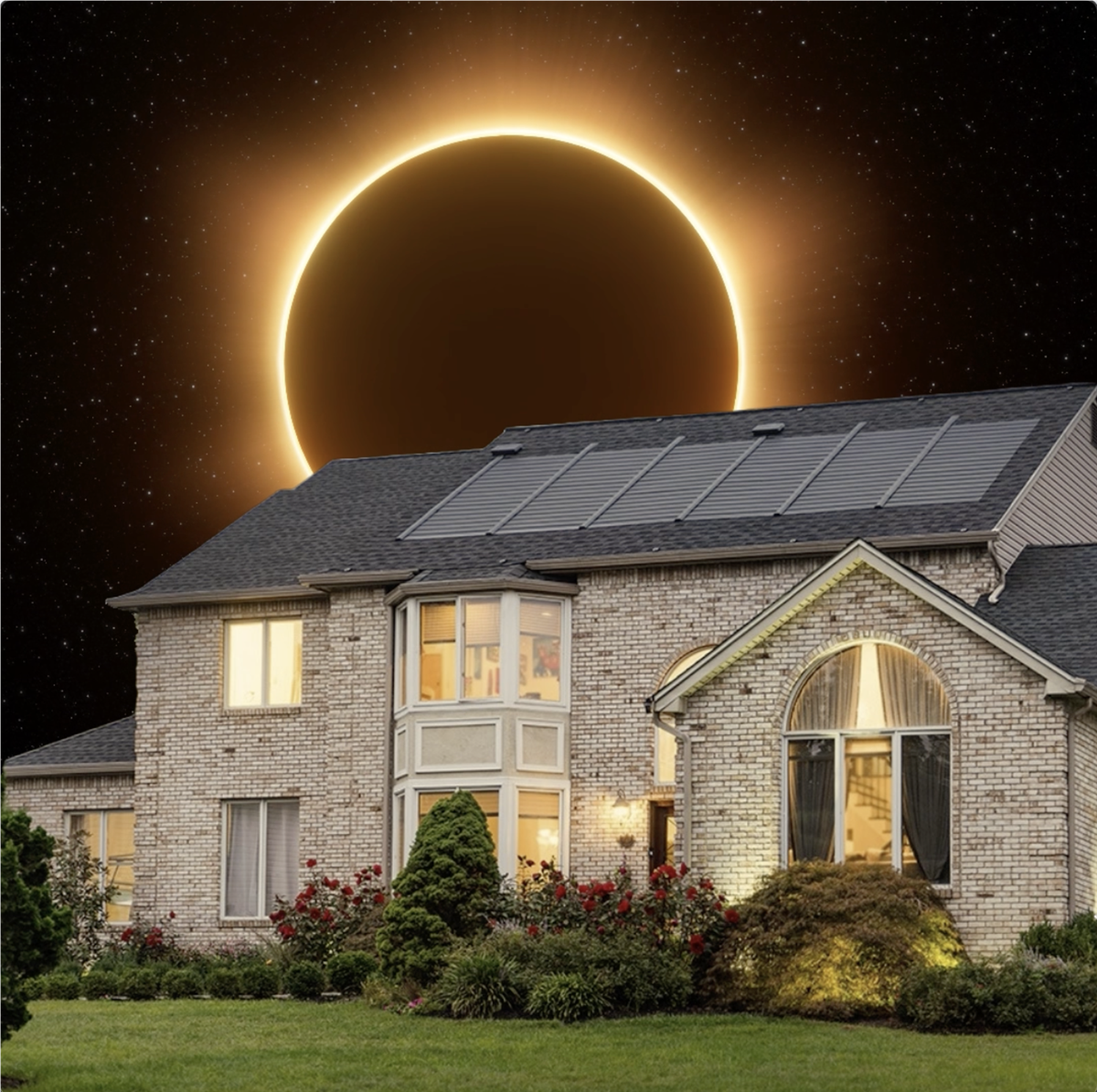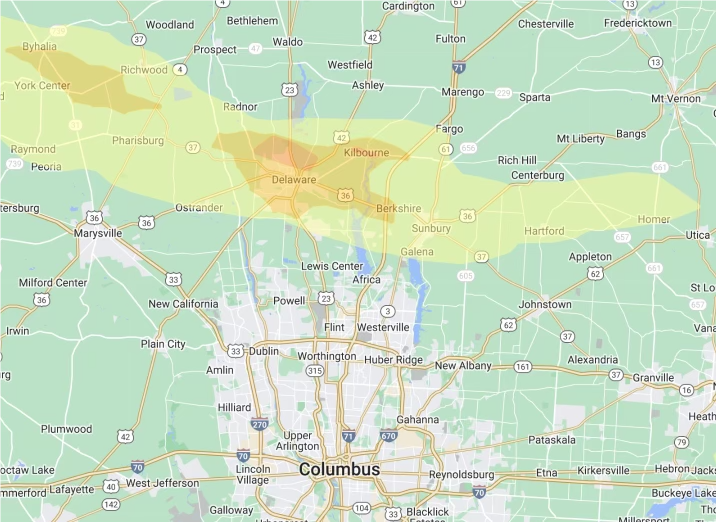
Do you have a fireplace that needs a little restoration work? Not sure what the terms that your roofing contractor uses mean? Want to know just what is the purpose of that chimney flue liner they keep insisting on?
While everyone knows what a chimney and fireplace do, it’s harder to identify the different components of the chimney. Plus, you may not know which component the contractor is referring to during a roofing inspection.
What are the Parts of the Chimney?
Luckily, there are only about ten components of the average chimney. Ensure you know the lingo by reading up on them here:
- Chimney Bricks: The exterior of your chimney is built up brick by brick with a thick layer of mortar between each. Bricks form the shape of the chimney, direct smoke away from the house, and provide insulation.
- Chimney Cap: A flat or gently curved piece of metal that covers the opening at the top of the chimney, the cap is held in place with a wire cage designed to allow smoke to flow out.
- Chimney caps keep rain and snow out of the chimney.
- Chimney Chase Crown: Also known as a ‘chimney chase cover,’ these are components of factory-built chimneys. The chase crown is made from metal, like copper, steel, or aluminum. It caps most of the chimney opening providing protection against the rain.
- Chimney Crown: Wondering just what is a chimney crown? Placed on masonry chimneys, the chimney crown is made from concrete and provides a solid cover for most of the chimney opening. Only a small vent hole is left in the center that is protected by a cap.
- Chimney Flashing: You may also want to know what is chimney flashing too? Made from thin metal strips with a sticky or adhesive backing, flashing provides protection against moisture penetration. Flashing is applied around the cracks where the chimney meets the roof.
- Chimney Flue: The inside of the chimney is the flue where smoke and ash travel up and out of the house. Chimney flues are typically lined with stainless steel, or if you have a natural gas fireplace an aluminum liner.
- Chimney Liner: Just mentioned as part of the chimney flue, the liners protect your chimney from the build up of ash and debris that could cause a chimney fire.
- Fireplace Components: The part of the chimney that’s visible inside the home is the fireplace. This open chamber has a solid floor or brick floor. It may have mesh or glass doors for extra protection against the elements when not in use. There is usually a fireplace insert where you can place logs to burn.
- Smoke Chamber: Just above the fireplace is the smoke chamber with sloped walls designed to direct smoke up to the chimney flue. The smoke chamber also has a flat shelf where moisture and soot can accumulate.
- Chimney Damper: Lastly, but not least is the chimney damper between the fireplace and the chimney flue. This small spring or hinge operated door closes off access to the chimney to keep drafts and animals out when the fireplace isn’t in use.
Learn More About Our Chimney Services
If you do need a chimney repair, reach out to Feazel. Our BBB A+ rated exterior remodeling company provides comprehensive chimney protection & repair services for homeowners in Ohio, Indiana, and North Carolina.
Our team can also help you out with:
- Roofing
- Home Exteriors
- Commercial Services
- New Windows
- Storm Damage Restoration
Feel free to give us a call to request a free consultation with one of our roofing contractors in your area.
Tags
Subscribe to Feazel's Blog




Comments